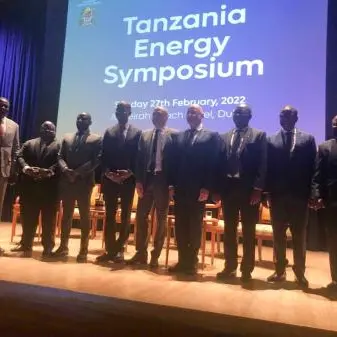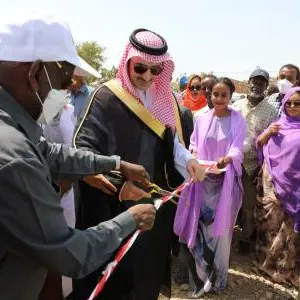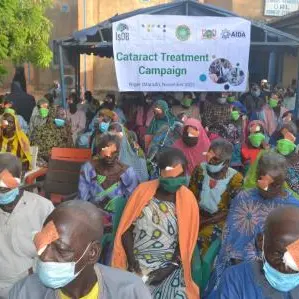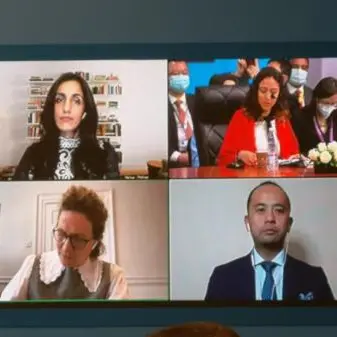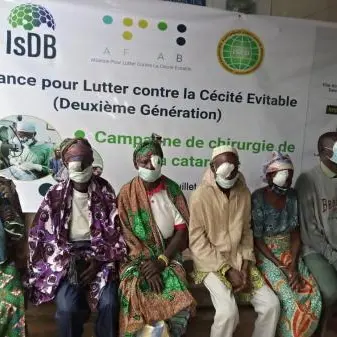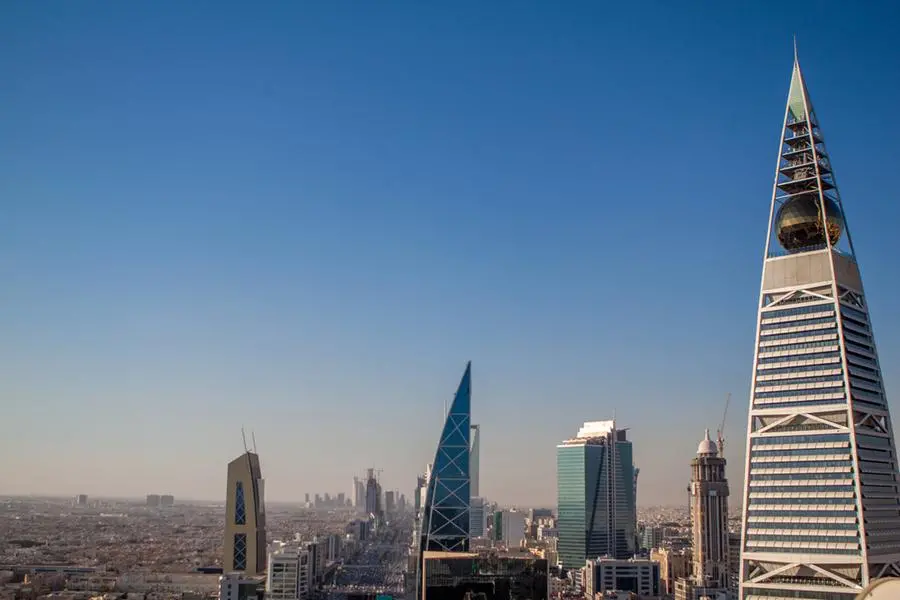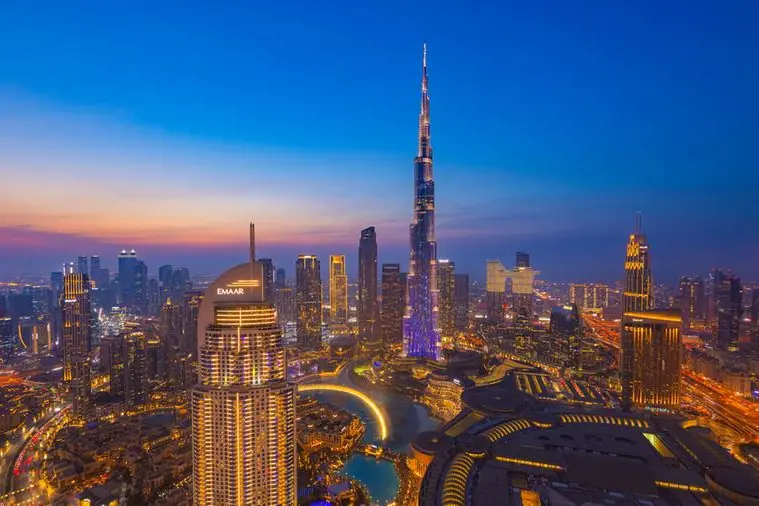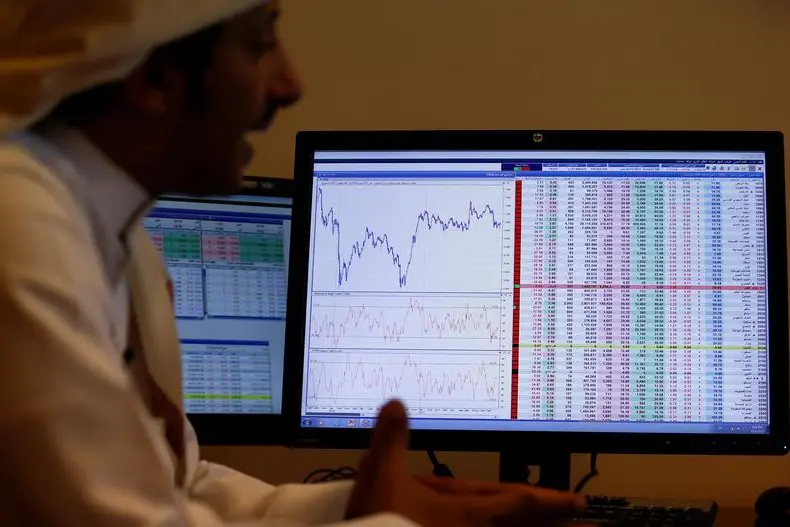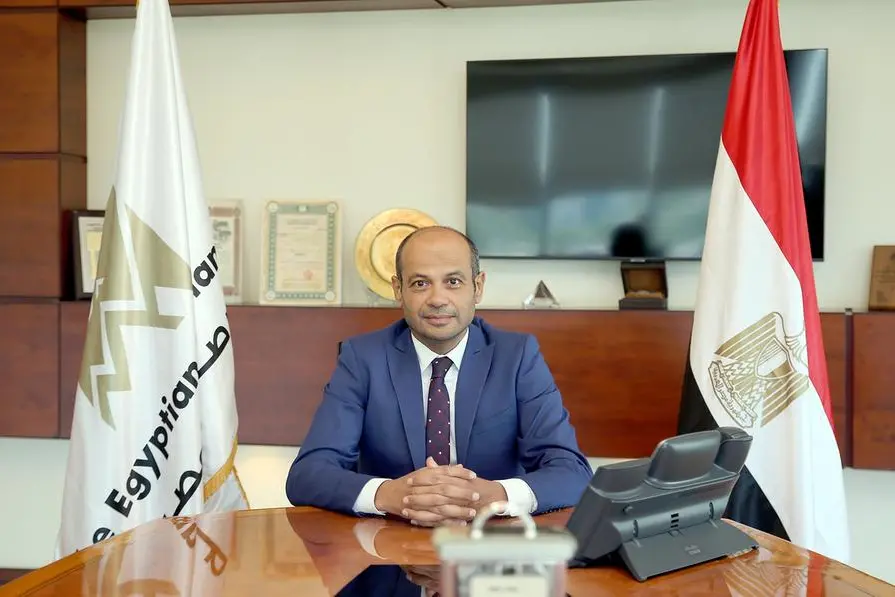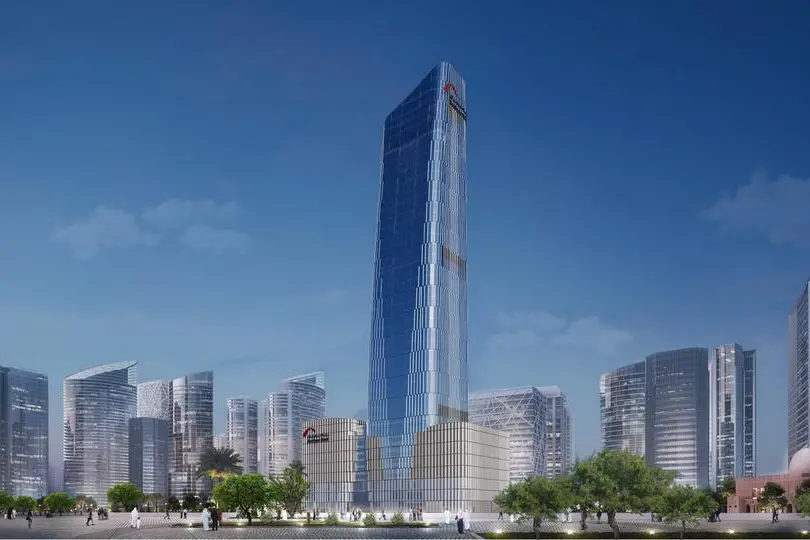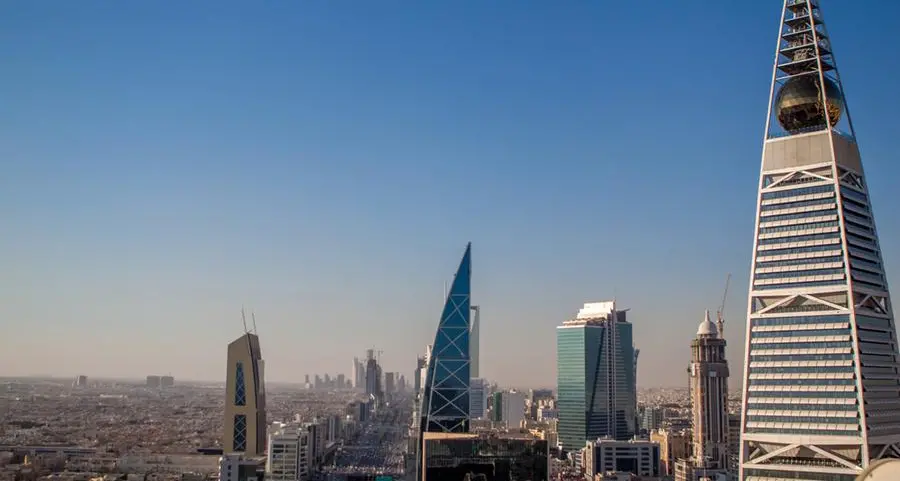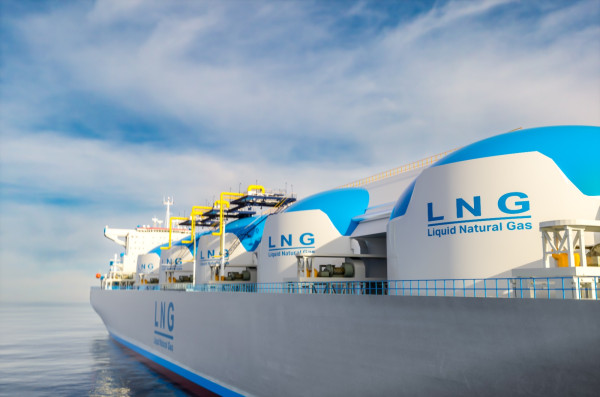
By NJ Ayuk, Executive Chairman, African Energy Chamber (www.EnergyChamber.org)
With its key oil fields maturing, domestic gas consumption on the rise, and Europe on the hunt for African energy to replace Russian supplies, Egypt is counting on foreign investors to help it meet both current and emerging demand — no surprise given that the Egyptian petroleum industry has depended on private-public partnerships with global organizations for decades.
A full 100% of the country’s petroleum production involves foreign investors, including some of the best-known companies in the industry, such as Shell, BP, Eni, and APA Corporation (formerly Apache). According to the International Trade Association, between 2015 and 2021, Egypt signed just shy of 100 deals with international oil companies (IOCs) — worth USD17 billion — and offered signing bonuses for the drilling of 319 wells. In 2022 alone, there were 53 new oil and gas discoveries in Egypt, according to the Ministry of Petroleum and Mineral Resources’ 2022 Achievements Report.
But this isn’t a case of Egypt auctioning off potentially prolific blocks (as of January 2021 proved reserves stood at 3.6 billion barrels of oil and 75.5 trillion cubic feet of natural gas) then sitting back and merely collecting royalties.
The only way IOCs and independents can become involved in Egypt’s upstream sector is through a joint venture company with a state-owned entity such as Egyptian General Petroleum Corporation (EGPC). While the contractual agreements take different forms — production sharing being the most common — the approach enables Cairo to keep close tabs on its resources (and ensure appropriate extraction) while granting its partners access to opportunity accompanied by reduced risk. Today, no fewer than 50 IOCs and independents are joint venture participants, and they’re having a huge impact on the country’s economic well-being. According to the International Trade Association, hydrocarbon production is “by far the largest single industrial activity in the country.” In fiscal year 2019-2020, with oil output fairly stable, it represented approximately 24% of total GDP.
The African Energy Chamber looks at trends in Egyptian oil and gas and the role of foreign investors in “The State of African Energy Q1 2023 Outlook Report,” soon to be available at https://EnergyChamber.org
Committed to Partnership
As if Egypt’s vast resources weren’t enough to interest global energy companies, the government’s favorable policies reinforce their commitment to creating attractive investments.
For example, although EGPC doesn’t establish a joint venture until the foreign company has completed exploration wells (and therefore has a chance to determine whether the prospect is viable), it often helps offset the sunk costs — possibly millions of dollars — by giving a larger share of the production to its partner. It also doesn’t hurt that Egypt’s production costs are among the world’s lowest, meaning it takes less time for companies to recoup their capital expenditures. And, of course, having a government entity as partner provides access to midstream and downstream facilities at lower cost.
According to “The State of African Energy Q1 2023 Outlook Report,” those factors are paying off for companies like America’s APA Corporation, which partners with EGPC in Khalda Petroleum Company, Egypt’s largest oil producer.
Despite their long-term, highly successful relationship with APA, Egypt isn’t ready to rest on its contractual laurels. In 2021, the country modernized and consolidated its production sharing agreement with APA and APA’s Chinese partner in Egypt, Sinopec. Aimed at boosting rig count and production, the 20-year agreement, valued at USD3.5 billion, had an almost immediate effect: soon after, APA and Sinopec announced plans to double the average drilling rig count compared to 2021, to increase well completions by 3x, and to increase upstream output by 12% to 15%. APA held 5.3 million gross acres in Egypt at year-end 2022, most of it — about 68% by company estimates — undeveloped. The company says Egypt provides “considerable exploration and development opportunities for the future.”
At the same time, EGPC’s other joint ventures — Belayim Petroleum Company (PETROBEL) (with Italy’s Eni); Gulf of Suez Petroleum Company, or GUPCO (with Britain’s BP); and AGIBA Petroleum Company (Eni and Russia’s Luckoil) — are also working to further solidify Egypt’s standing as a regional energy hub.
But this isn’t just an oil story — after all, Egypt is Africa’s third-largest natural gas producer — nor is it limited to marquee names in energy.
German independent Wintershall Dea, for instance, may be less well-known than the IOCs but has been working in Egypt as long or even longer. The company began producing oil in the Gulf of Suez 50 years ago but has since pivoted to natural gas. Among other partnerships, it has joined with EGAS, Egypt’s state-owned gas company, in a 50-50 joint venture called DISOUCO.
New Players in the Mix
Recent contractual activity suggests that the joint venture model will undergird Egypt’s oil and gas industry for years to come.
For instance, early last year, Egypt signed new agreements with Canadian independent Transglobe Energy Corp. and London-based Pharos Energy to explore, develop, and produce petroleum in the Eastern and Western deserts. The deal includes approximately USD506 million in new investments. Capricorn Energy, headquartered in Edinburgh, Scotland, which in 2021 acquired Shell’s onshore assets in the Western Desert, is another new name to watch. The company has already announced production is exceeding expectations and plans to increase capital spending as a result. As for the IOCs, Shell, Eni, BP, and BP are all preparing new drilling programs. Chevron has said that going forward its global focus will be on Egypt and Suriname.
What this also suggests is that the world needs more energy, not less, and that efforts to discourage investment in African energy in the name of global decarbonization haven’t been anywhere as successful as Western climate activists would have liked.
To read the full “The State of African Energy Q1 2023 Outlook Report,” visit https://EnergyChamber.org/
Distributed by APO Group on behalf of African Energy Chamber.
